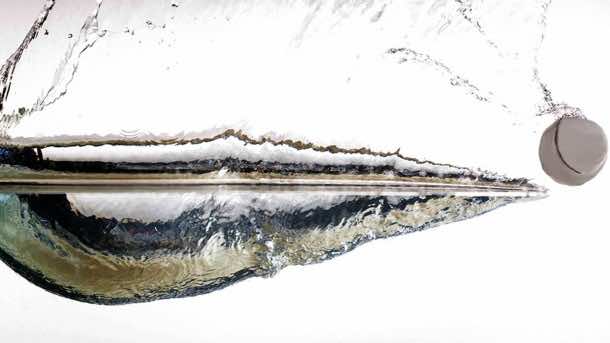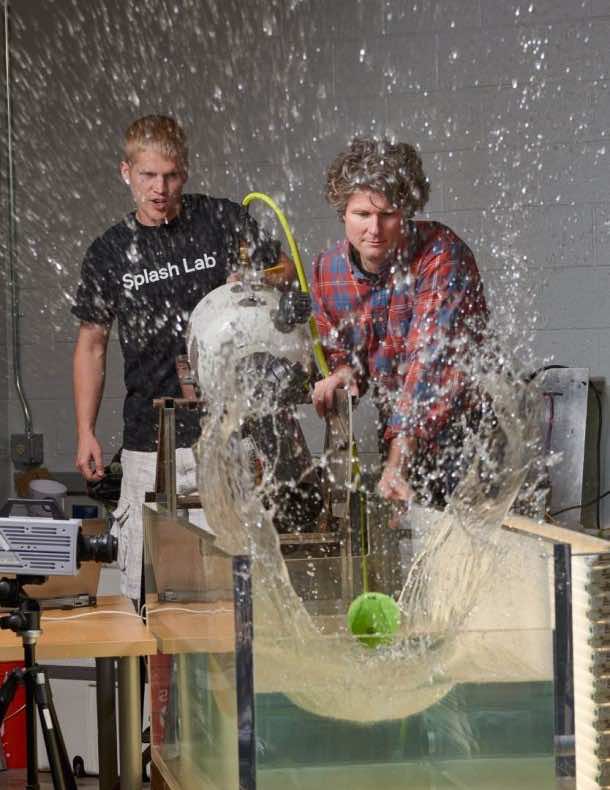It is a classic children’s game where you skip stones across water bodies. However, the understanding of this phenomenon has helped to win wars. Back in the 18th century, Admiral Lord Nelson discovered that by having the cannonballs skip off the waves, he could enhance their impact and increase the range. Moving on, during World War II, Barnes Wallis made use of the principle for the creation of Bouncing Bomb that was used as a secret weapon during the destruction of important dams in Nazi Germany’s Ruhr Valley (Dambuster Raid, 1943). A team of researchers at Utah State University’s College of Engineering is working to gain a better understanding of the physics of this phenomenon. The research has quite a few applications ranging from naval and ocean engineering to maritime.
It might look simple enough. However, it is quite an intricate process that involves various factors such as the shape, size, material, friction, hydrodynamics, surface texture, spin, and aerodynamics. Changing any one of these factors can cause a drastic change in the effect caused by the other factor. Tadd Truscott, Assistant Professor of Mechanical Engineering at USU’s Splash Lab, collaborated with folks at Naval Undersea Warfare Center in Newport, Rhode Island, and Brown University. The combined intellect observed a vital factor in this equation of skipping; elasticity, the deformation of an object when it hits the water.
Truscott, along with his team, skipped spheres that were created using a variety of materials in a tank while recording the process using high-speed cameras. The findings concluded that the elastic spheres flattened into an ideal disc-like shape (kind of stone you used to find on a beach when you were eight). As per USU, the pressure of striking the water imparts a huge lifting force on the elastic spheres. This force is more in elastic stones than the inelastic ones. This happens because the elastic spheres can adapt. This information is quite helpful to predict how many skips will take place in any given instance.
The research team believes that there is a myriad of applications and potential for their research like designing weapons similar to Bouncing Bomb, understanding of how certain animals are capable of running on water, improved inflatable boats, the ability to improve elastic objects for enhanced performance, and improved soft-hull vessels. The research was published in Nature Communications.
Truscott said,
“The study also provides insight into methods for modeling objects that interact with the water surface and have elastic responses to the surface like rubber boats, tubes, wakeboards, and waterskis. The elasticity of each of these objects affects the manner in which they interact with the water surface which, as we have shown, can differ dramatically from rigid objects.”
One should never underestimate the physics behind the conventional phenomenon of nature!


